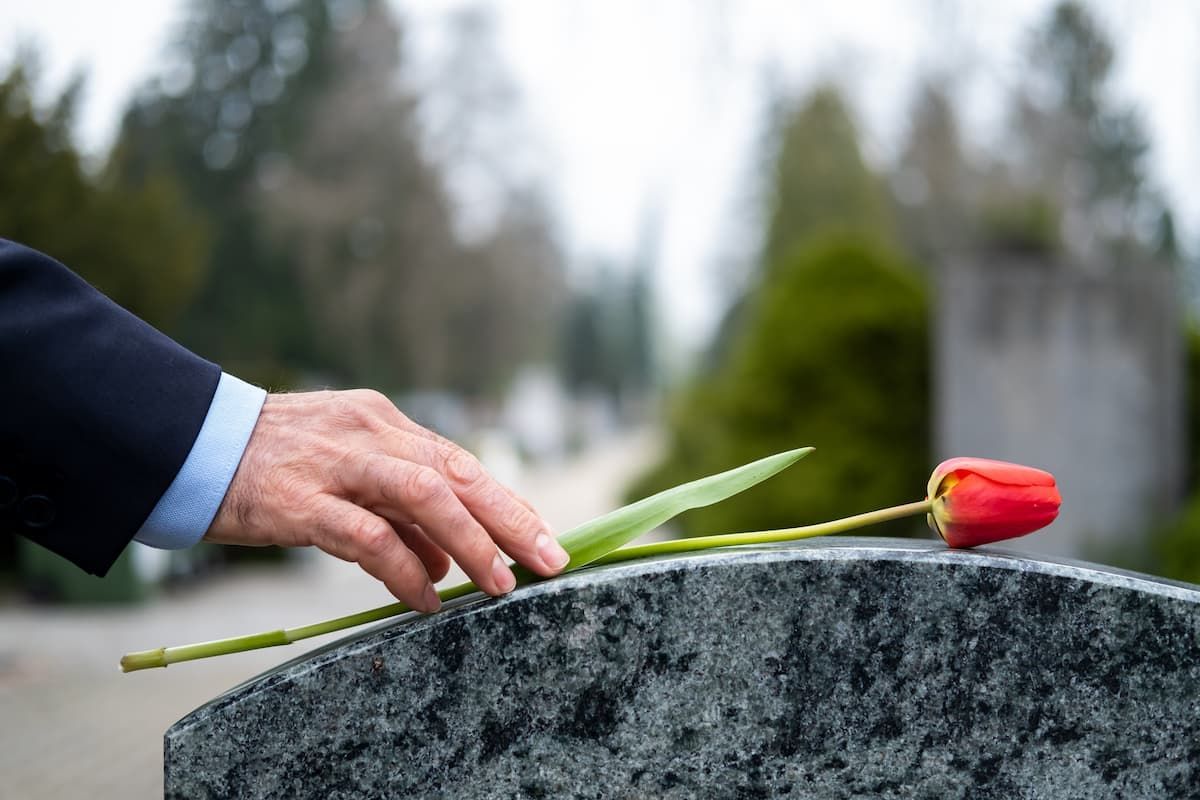Personalizing a Funeral Service: Adding Special Touches to Make It Unique

A funeral is a deeply personal and emotional event, a time to honor and celebrate a loved one’s life. While traditional ceremonies often provide comfort, adding personal touches can create a unique and meaningful experience that reflects the individuality of the person being remembered. In this blog, we’ll explore ways to personalize a funeral service, ensuring it feels like a true celebration of life while providing solace to friends and family.
1. Incorporate Personal Stories and Memories
One of the simplest yet most meaningful ways to personalize a funeral service is by sharing stories and memories. Invite family members, friends, and colleagues to speak about the deceased. These anecdotes not only highlight their personality, values, and life experiences but also provide comfort to those attending, reminding everyone of the positive impact the person had on others.
Consider creating a memory jar or book where guests can write down their favorite memories or messages. These can be kept as a lasting tribute for the family.
2. Create a Visual Tribute
Photos and videos are powerful reminders of a person’s journey through life. A slideshow or video montage can be played during the service, featuring moments from childhood, family gatherings, significant achievements, and cherished adventures. Music that was meaningful to the person can play in the background to evoke deeper emotional connections.
You could also set up photo displays or memory boards throughout the venue, allowing guests to view and reflect on different aspects of the deceased’s life.
3. Curate a Personalized Playlist
Music plays a significant role in setting the tone for a funeral service. Instead of sticking to traditional hymns or classical pieces, create a playlist that reflects the musical tastes and favorite songs of your loved one. Whether it’s a favorite genre, an artist they loved, or songs that marked key moments in their life, these selections can add a deeply personal layer to the ceremony.
4. Display Personal Mementos
Displaying personal items that were important to your loved one is a great way to add a personal touch to the service. These could include:
- Hobbies and interests: Display items related to their hobbies, such as sports memorabilia, instruments, books, or art supplies.
- Clothing or accessories: A favorite jacket, hat, or scarf can be displayed or even worn by close family members as a tribute.
- Awards and achievements: If they were passionate about their career, community work, or a special cause, displaying awards or recognitions can highlight their accomplishments and the impact they had on others.
5. Encourage Participation
Encouraging guests to participate in the service can make the experience more interactive and heartfelt. Invite attendees to contribute readings, poems, or songs that remind them of the deceased. This collaborative approach brings together diverse perspectives and personal connections, creating a sense of unity in honoring the individual.
6. Virtual Memorial for Distant Guests
In today’s digital age, a virtual memorial allows people who are unable to attend in person to be part of the service. You can live-stream the funeral or hold a separate online gathering where friends and family can share memories and pay their respects from afar. This ensures that everyone who cared for the deceased can participate, regardless of location.
Personalizing a funeral service is about honoring the unique qualities of the person who has passed and creating a meaningful, reflective space for friends and family to grieve, celebrate, and remember. Whether through music, mementos, or shared stories, these special touches can transform a standard service into a lasting tribute that reflects the spirit of the loved one.
By focusing on what made your loved one truly special, you can create a service that not only commemorates their life but also brings comfort to those who are grieving, allowing everyone to come together in a meaningful celebration of life.








